As if everything is over on Ash Wednesday! The 40 days of Lent until Easter have always tempted people to cheat. The tricks were not invented by ordinary people. It was the monks in the monasteries, for whom the tightened abstinence went too far. From the monastic cheating and the strict fasting rules of yore, traditions developed that we still celebrate today. These include fat baked goods such as doughnuts and muzen almonds at Mardi Gras, because butter was also on the banned list for centuries. But behind thick monastery walls, people were especially creative!
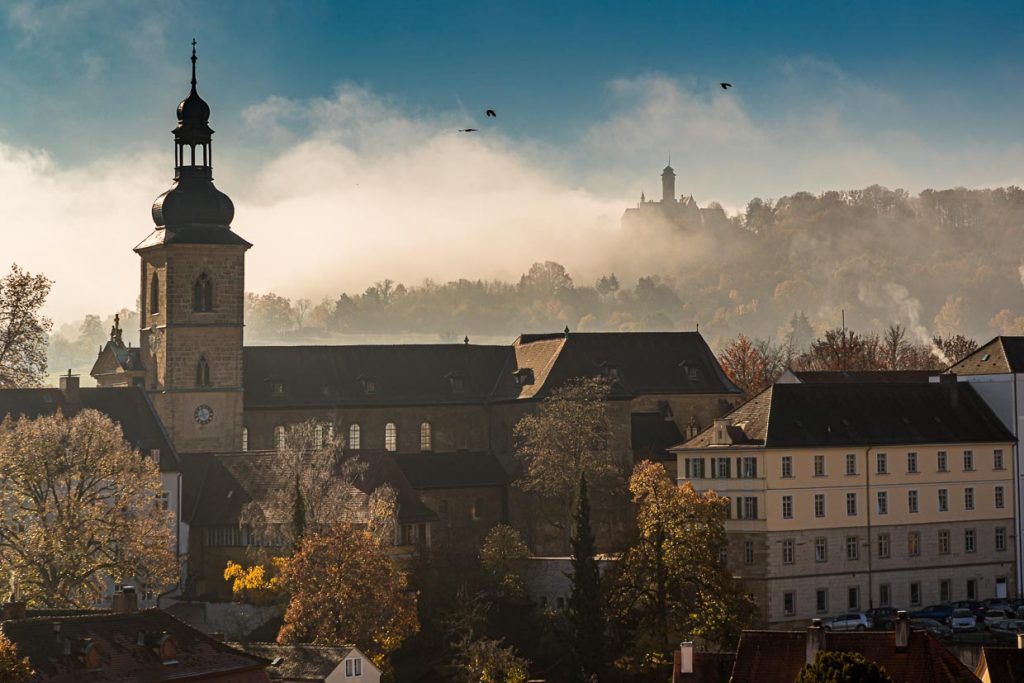
The trick with Lent beer
Brewing beer was one of the core competencies of monasteries in the Middle Ages. For Lent, the monks liked to brew a special brew. The full-bodied Lenten beers were tapped directly on Ash Wednesday. Lenten beer was particularly rich in content to compensate for the lack of solid food. The monks derived the legitimacy for this nourishing special beer from an ingenious interpretation of the Lenten rules. Rome had proclaimed: What is liquid does not break the fast. So one was allowed to drink the little that one normally ate.
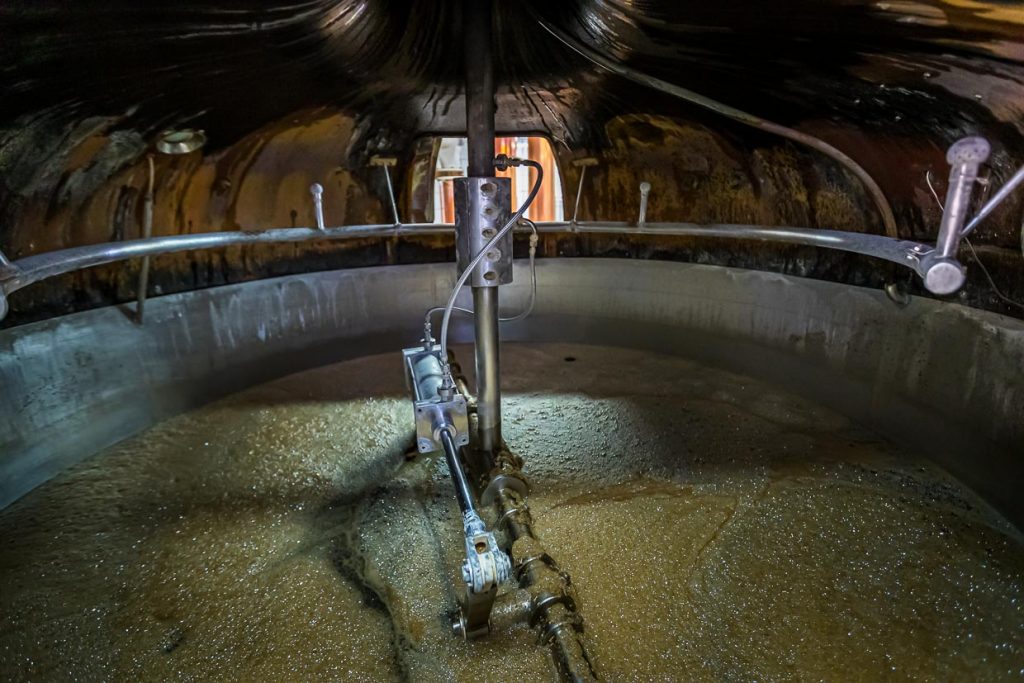
The question remains as to how the monks circumvented the alcohol ban. It seems that permission was obtained from the very top. The Pope was asked whether beer fell under the rule “Liquida non frangunt ieunum – liquids do not break the fast”. In response, the pope asked for a sample of the drink. Well, the long and unrefrigerated transport to Rome turned the Lenten beer into a nasty brew that seemed worthy of a Lenten drink to the Pope. The monks were allowed a whole five liters a day. That sounds more like a land of milk and honey than renunciation. To this day, many breweries with a monastic background brew a special Lenten beer for the period of renunciation until Easter. At the traditional Schlenkerla brewery in Bamberg, the Aecht Schlenkerla Lenten beer is served every year from February.
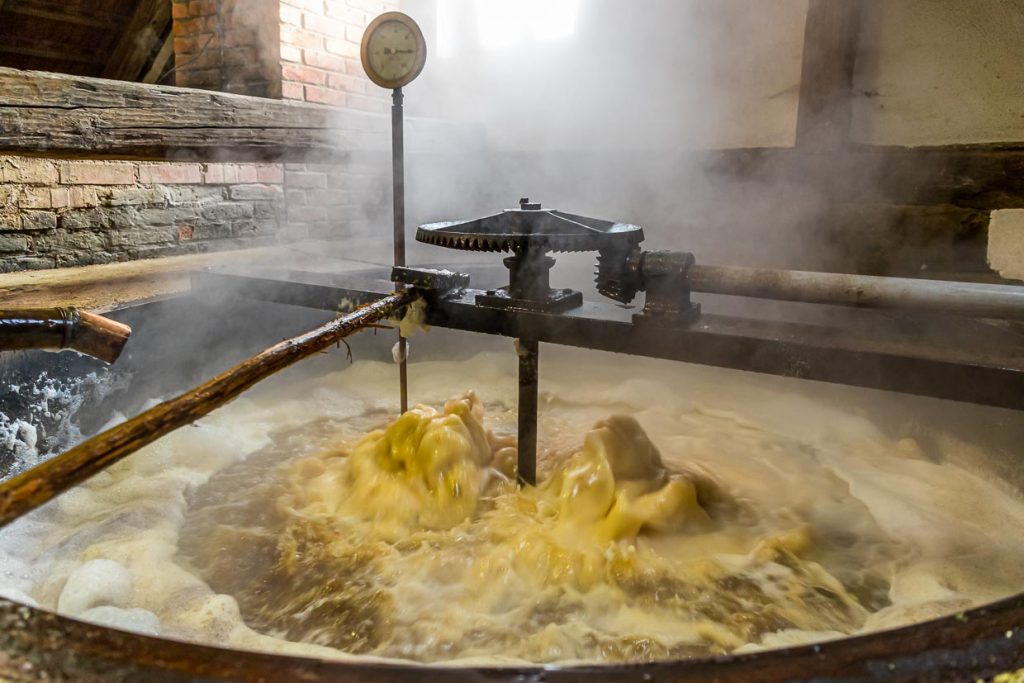
The invention of the Maultasche
Church-imposed abstinence has a long tradition. In 590, Pope Gregory I decreed that no warm-blooded animals were to be put on the plate during Lent. Fish, reptiles and even insects, on the other hand, were allowed to be eaten. But that wasn’t enough: later, butter, eggs, cheese and milk were also on the banned list. Cool, you might think now, mankind on its way to veganism. In view of the hard living conditions of that time, the renunciation of animal protein was an eating rule that was problematic from a health point of view.
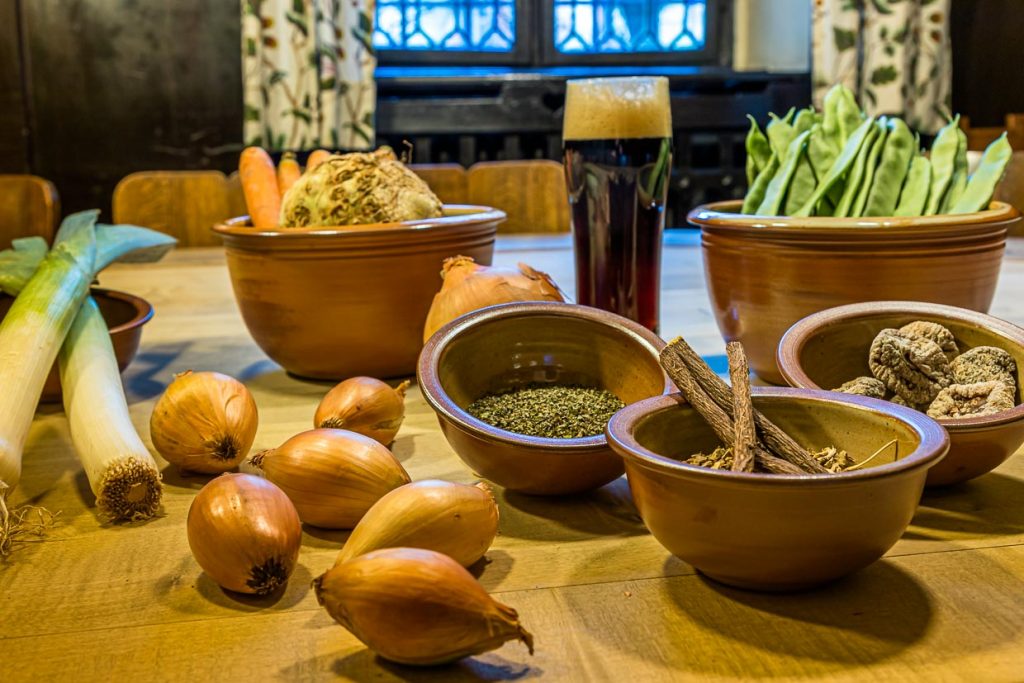
It was not until around 1500 that the strict fasting laws were relaxed. But necessity is the mother of invention. Legend has it that the famous Swabian Maultasche (Swabian Swabian ravioli) originated from a monk’s conflict of conscience who had caught a piece of meat during Lent and wanted to conceal its consumption from the Lord God. The monk hid the Herrgottsbescheißerle or Pfaffentäuscher in many herbs and onions and wrapped it in a dough coat for safety. A nice story, which can be told well, but is not historically proven. It is more likely that the fasting trick actually originated in Italy. It was there that Europe’s first haute cuisine developed. Immigrants from the south may have provided the impetus for the Swabian classic.
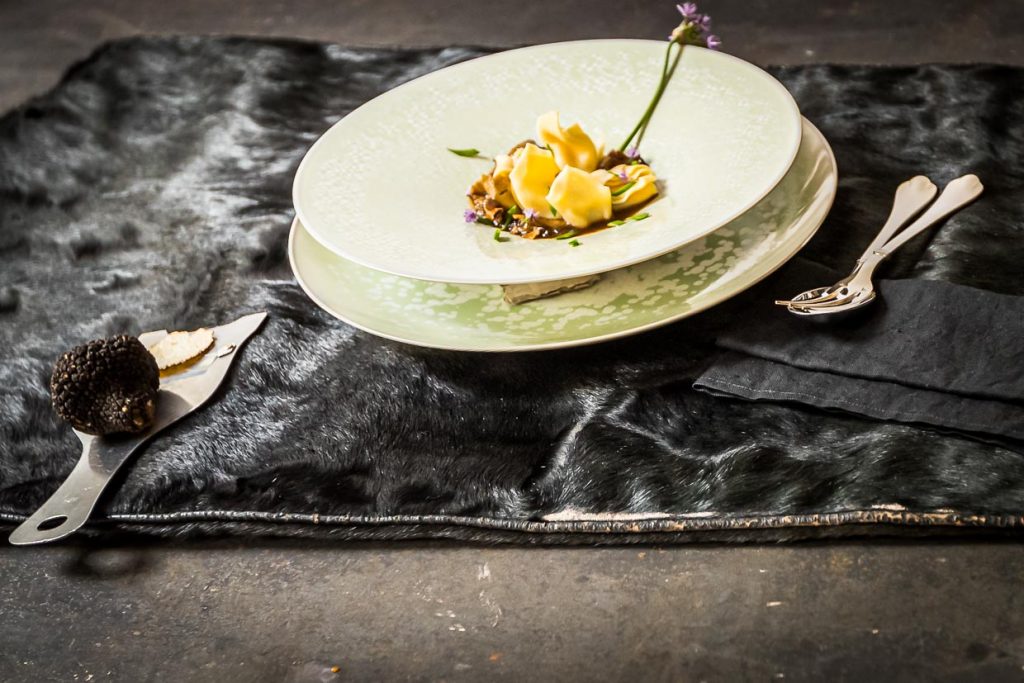
What some of the dishes still known today might have tasted like in the past? One thing is certain: beer had a strong smoky aroma for a long time. It was not until the industrial drying of malt that smoke was banished from beer. It is also interesting to take a look at the food in the Middle Ages. It quickly becomes clear that the cuisine of the nobility and clergy was bursting with exquisite spices. The art of brewing, as once practiced by the monks in the monastery, is probably still closest to Germany in the Upper Palatinate. Here, the Zoigl culture is still alive today. In the Kommun brewery in Falkenberg, the beer is still brewed in an open brew kettle and stored in rock cellars for fermentation.
By the way, the teaser photo is not manipulated
We have illustrated the action with which the cunning monks obtained approval for beer as a fasting beverage from the Pope at that time with a real photo from 2011, which seems more surreal than all the representations that image generators generate from the corresponding briefing with the help of artificial intelligence.


